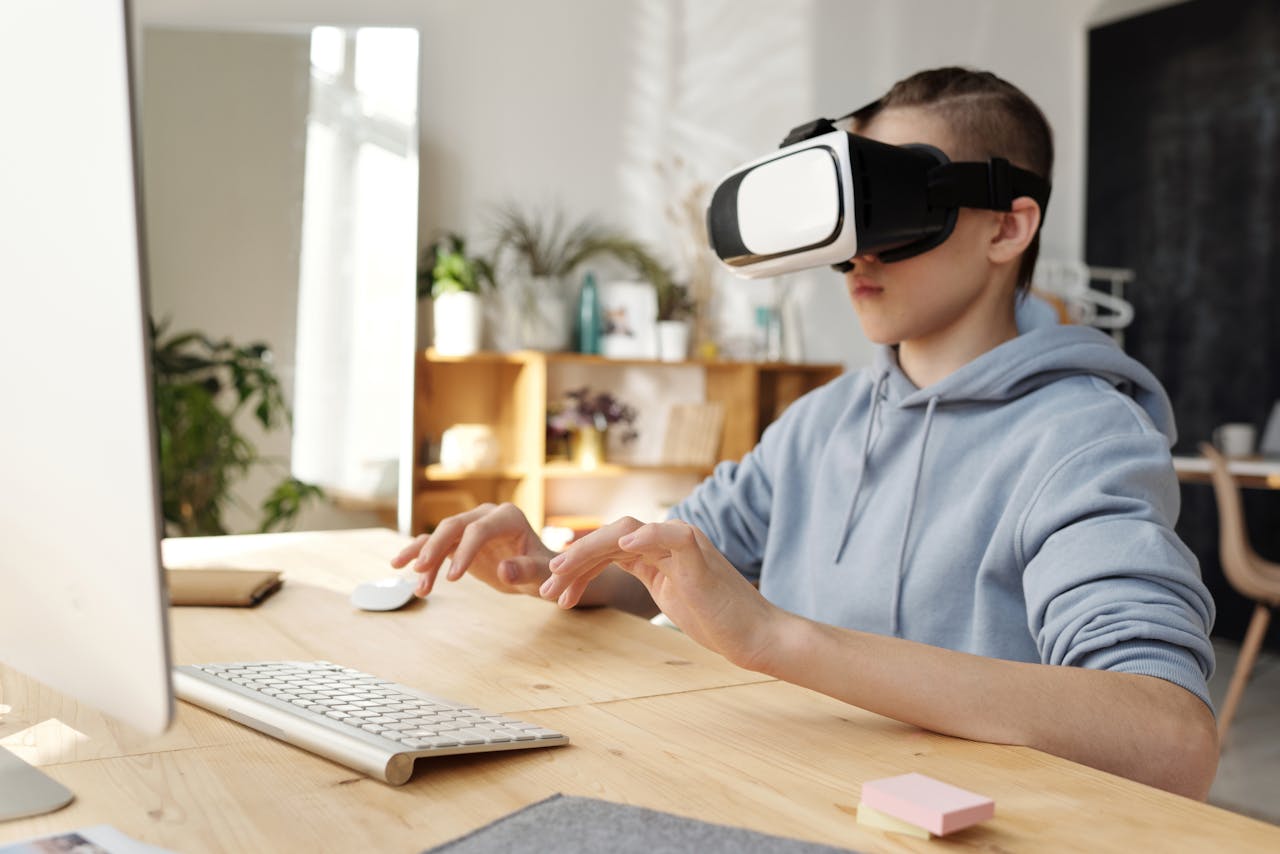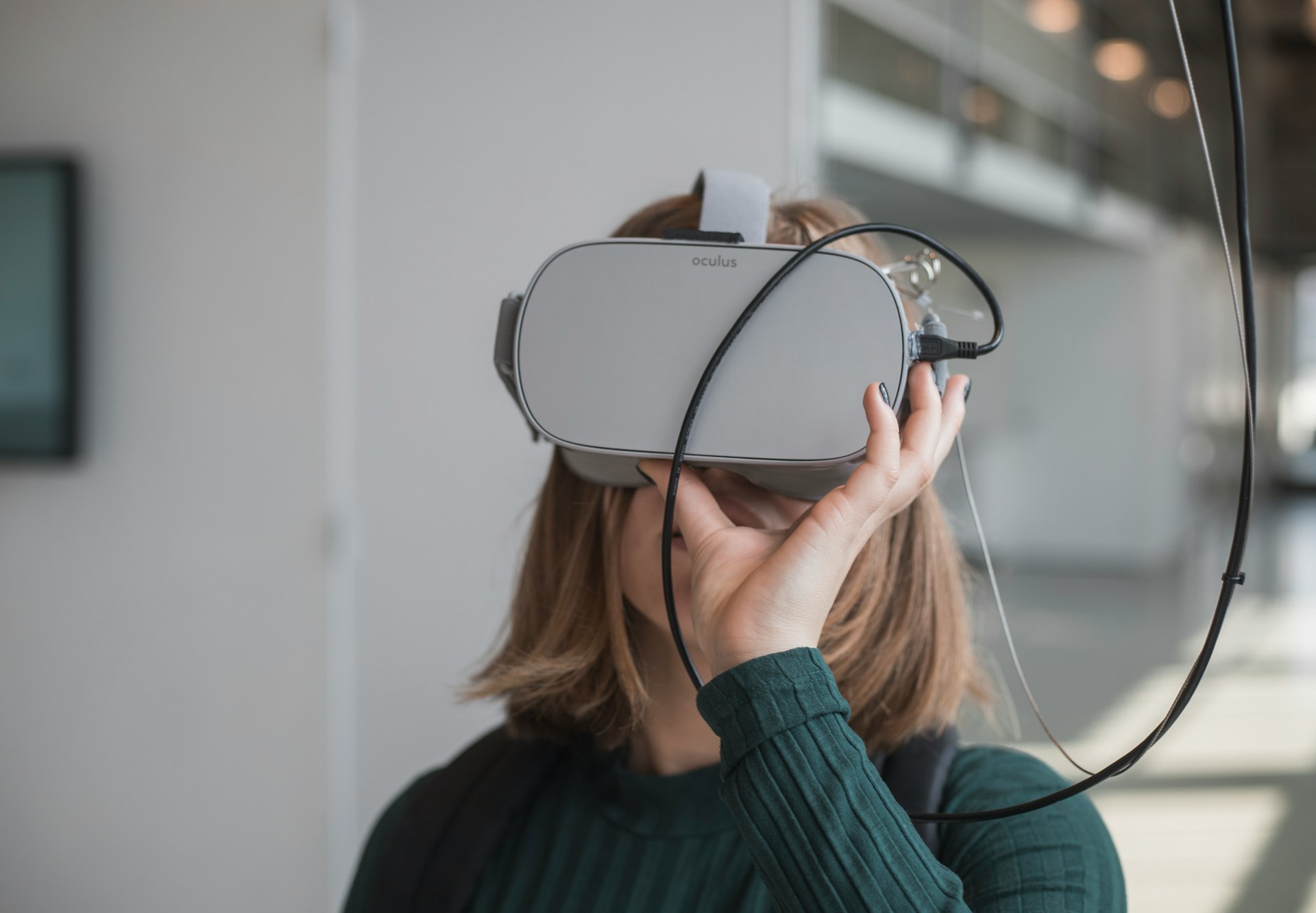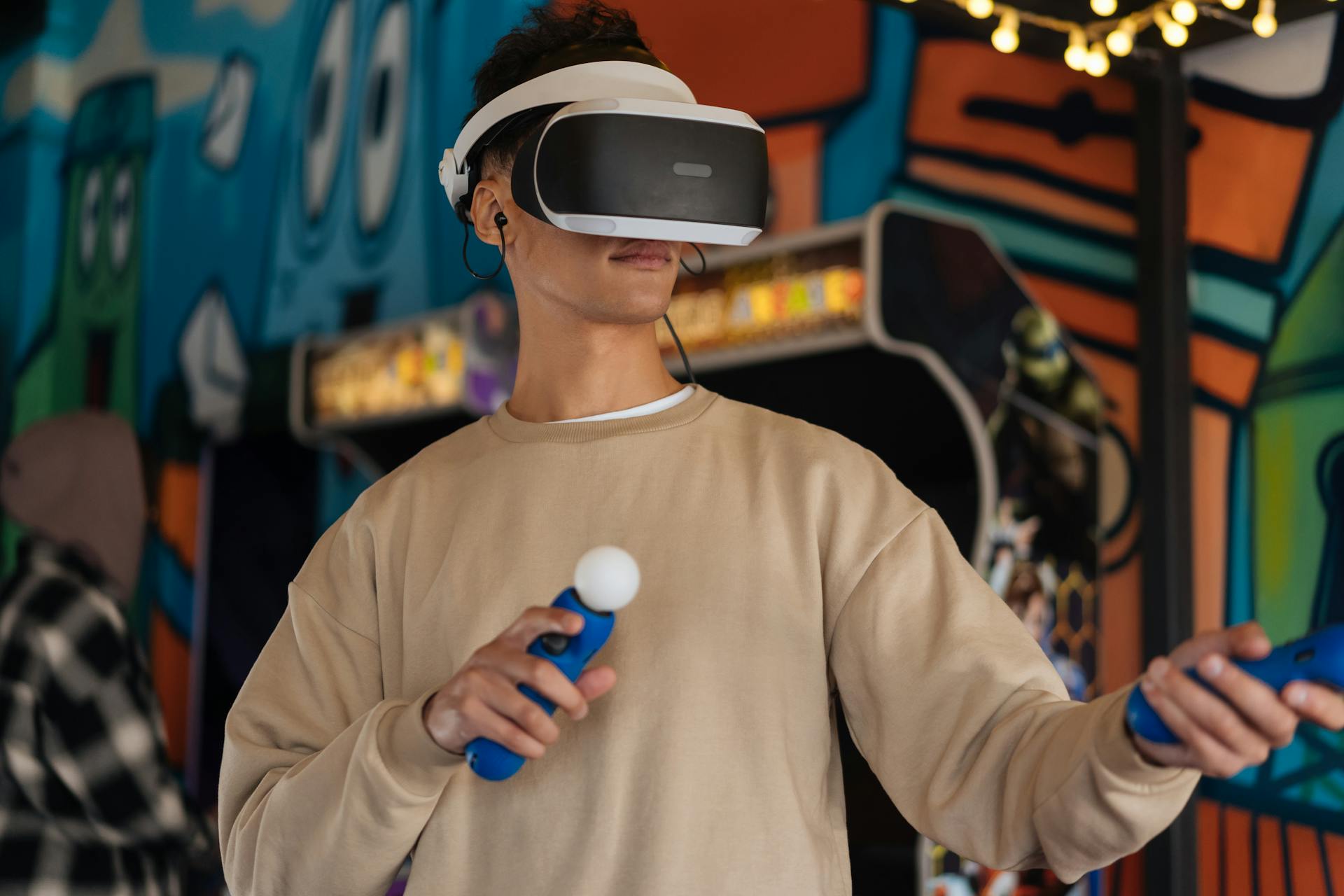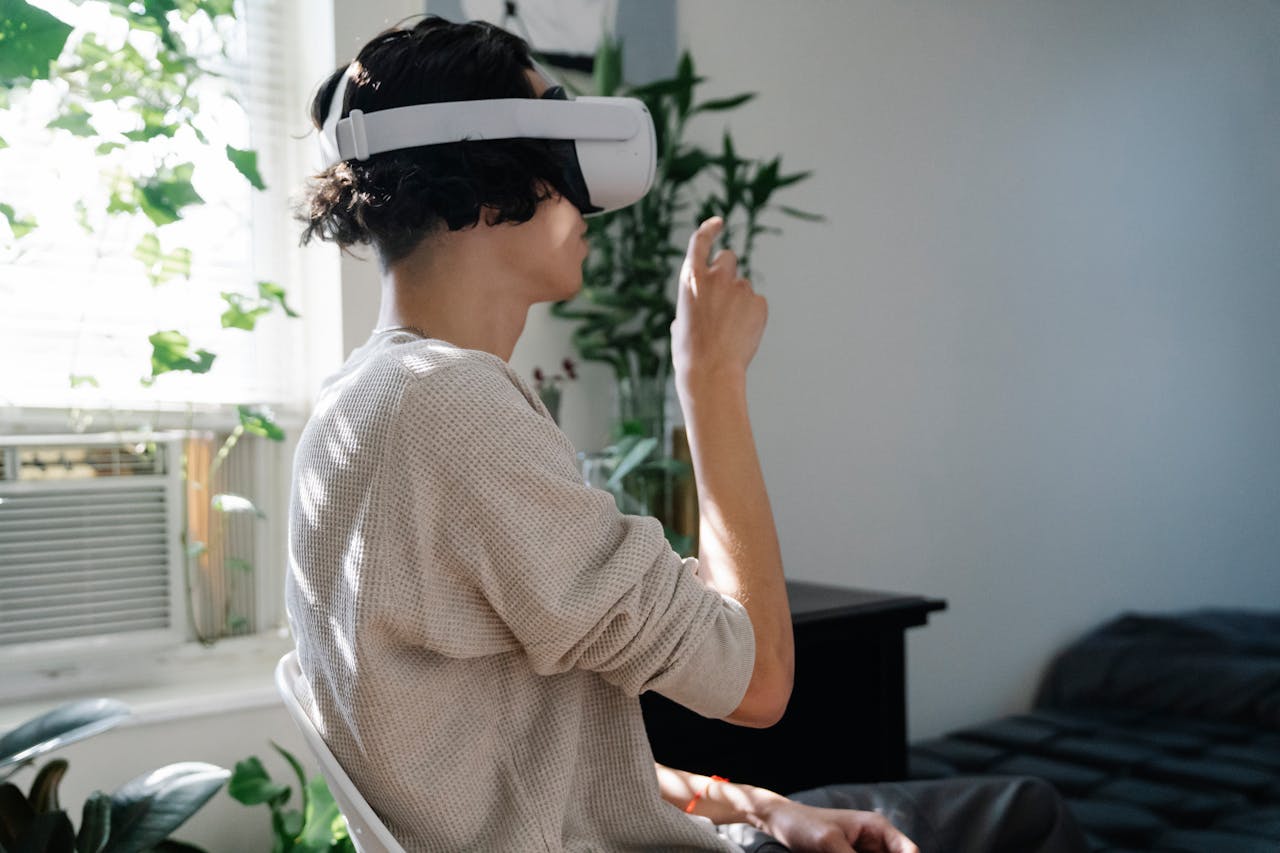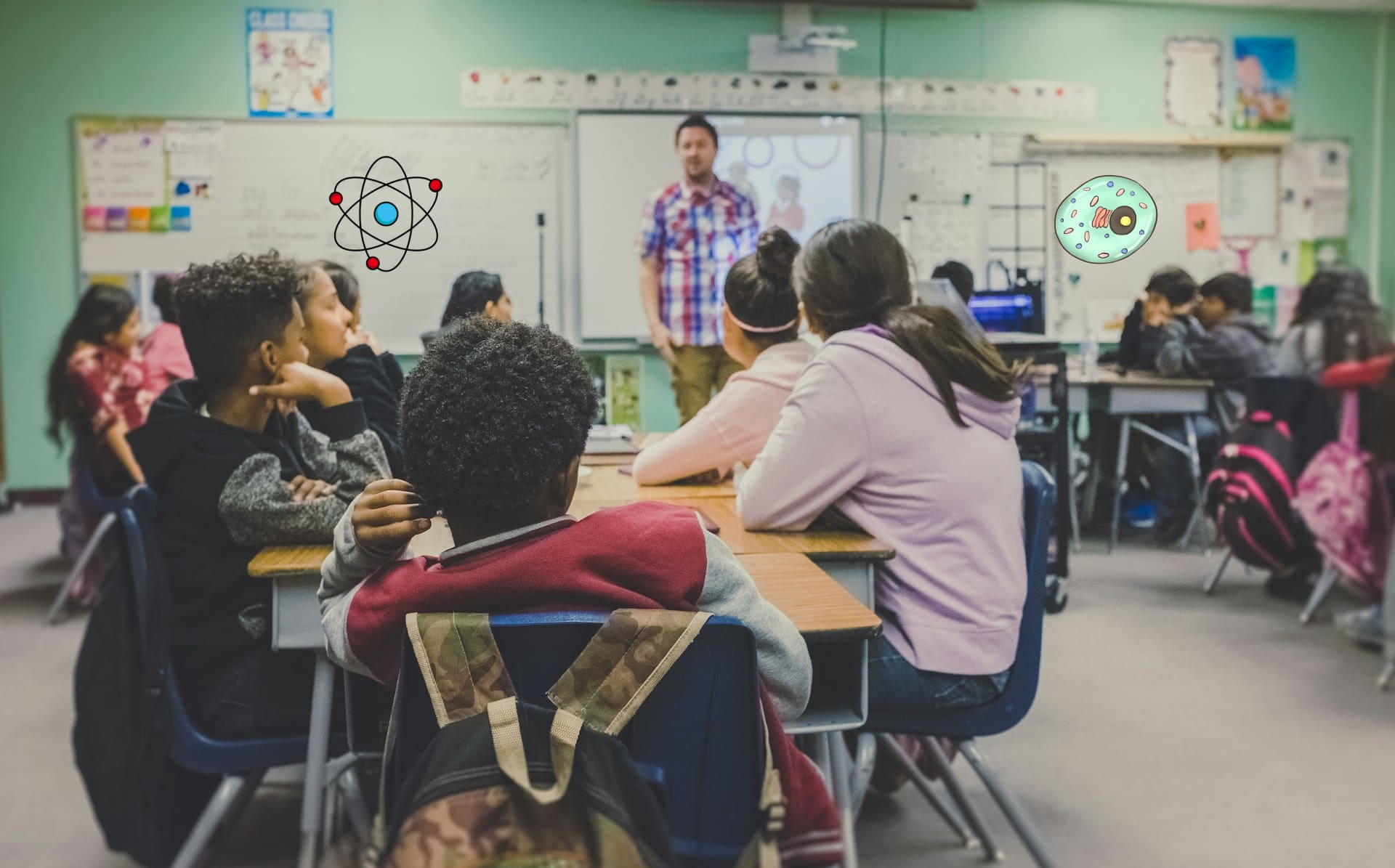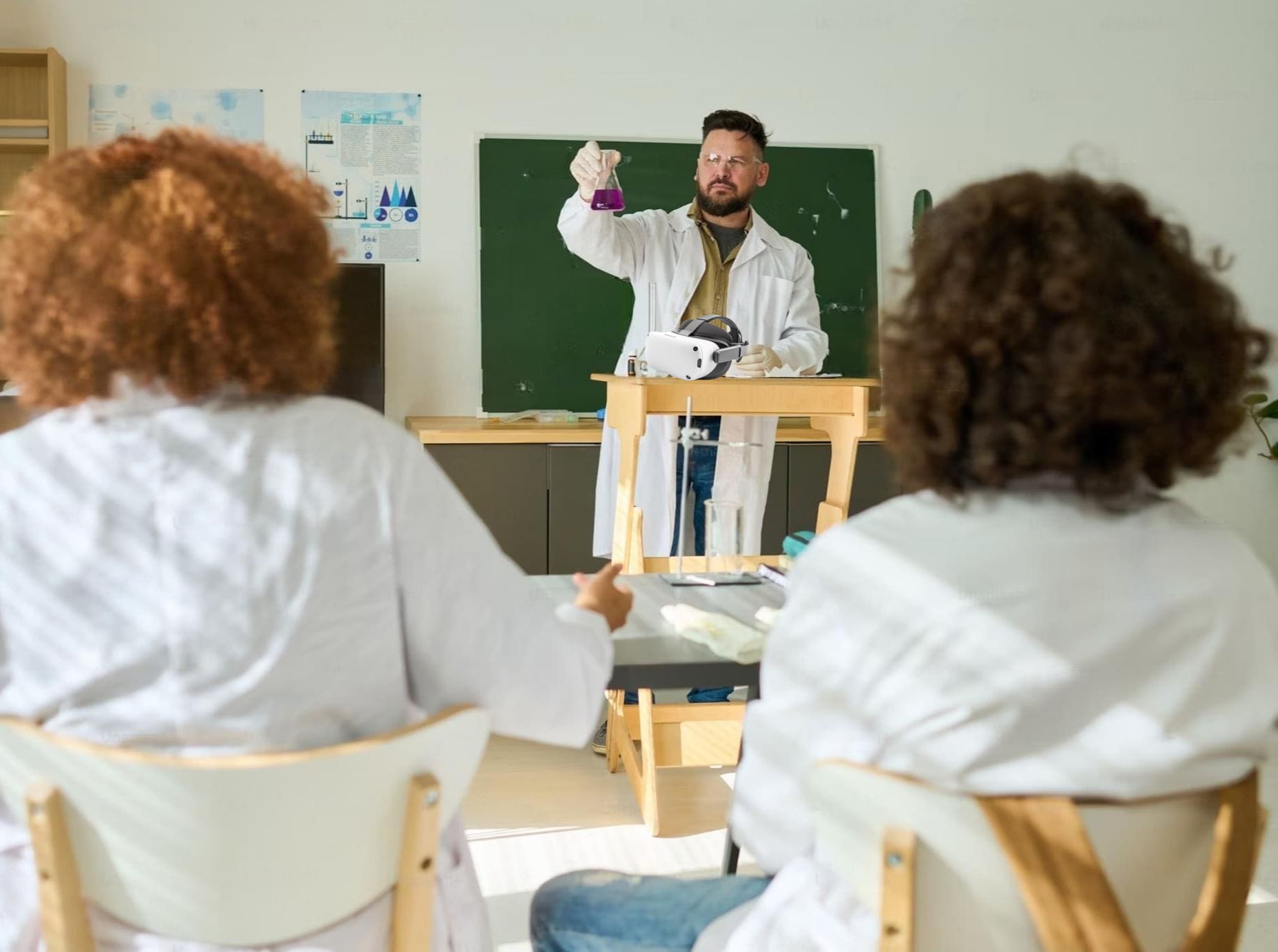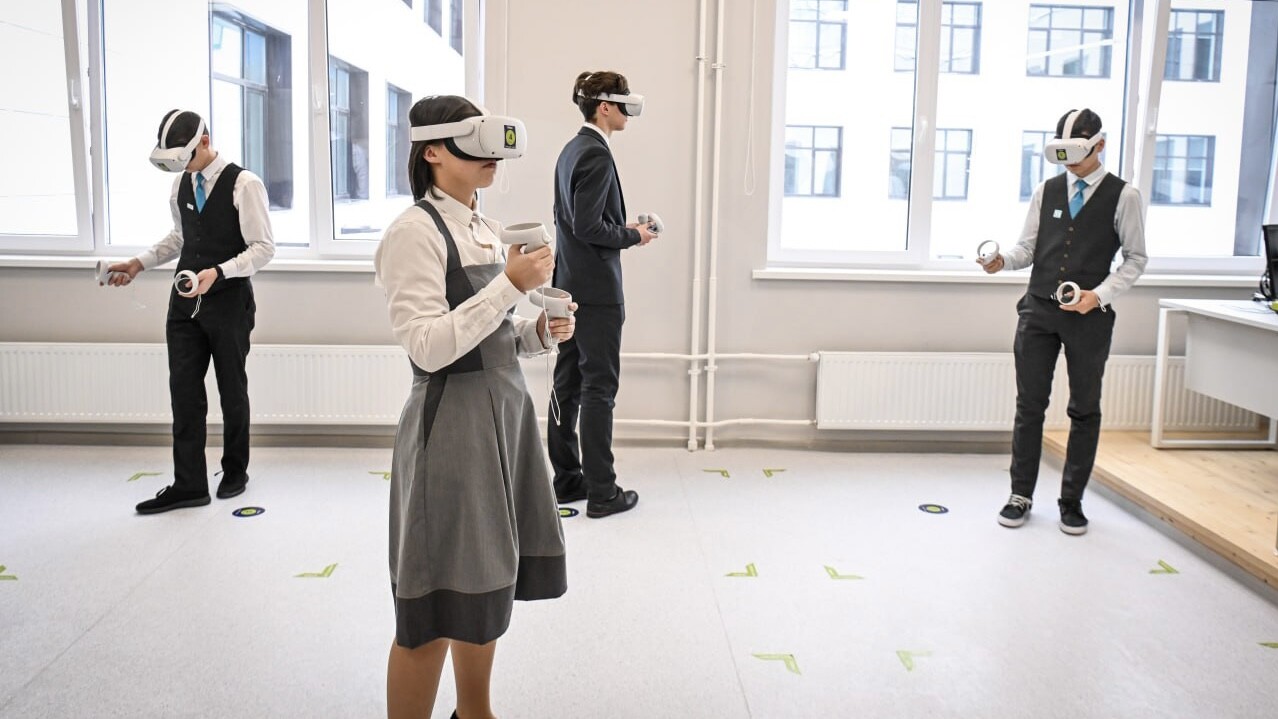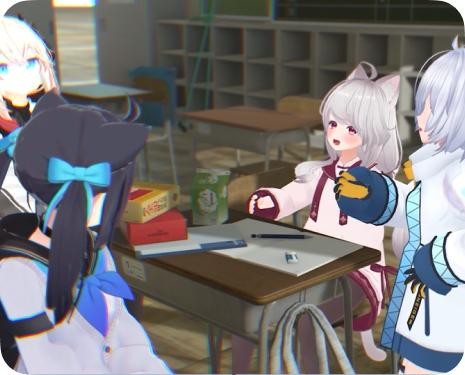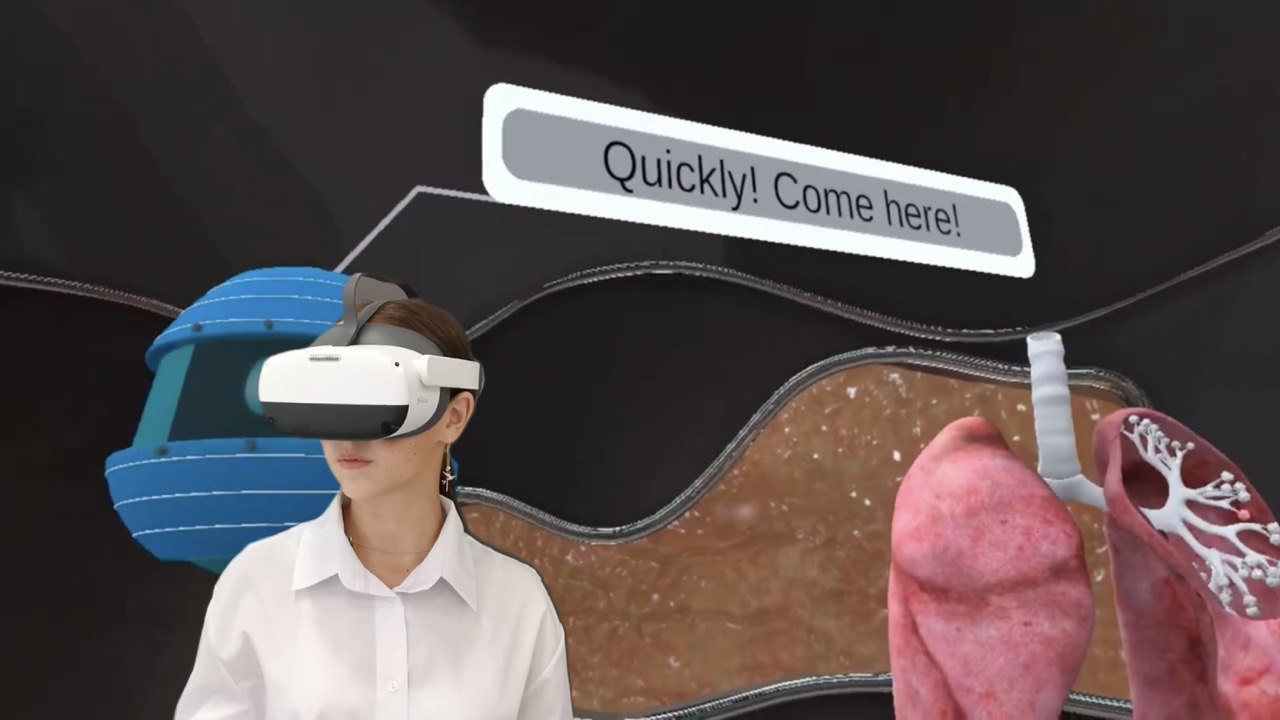
Virtual Reality (VR) has emerged as a powerful tool in education, offering immersive experiences that can transform school lessons and enhance learning outcomes. VR education apps and VR education software provide students with unique opportunities to explore complex concepts, conduct virtual school experiments, and engage in interactive practical lessons. However, as with any new technology, there are concerns and questions surrounding its use, particularly when it comes to young learners.
The Benefits of VR in Education
Before exploring age restrictions, let's examine how VR can be used in education:
Immersive Learning Experiences: VR transports students into interactive 3D environments, making abstract concepts tangible. Students can explore the human body or walk on Mars, experiences impossible in traditional classrooms.
Safe Virtual Experimentation: VR enables school experiments that might be too dangerous or costly in real life, from complex chemical reactions to exploring hazardous environments.
Enhanced Engagement and Retention: Interactive and visually stimulating content captivates students' attention, potentially improving learning outcomes by up to 30% compared to traditional methods.
Visualization of Abstract Concepts: Complex ideas in physics, chemistry, or biology become easier to understand when students can interact with them in 3D, bridging the gap between theory and practice.
Practical Application of Knowledge: Students can apply theoretical knowledge in simulated real-world scenarios, reinforcing learning and preparing for real-world challenges.
These benefits make VR an attractive option for enhancing science experiment lesson plans and creating engaging school lesson pro games. For instance, a science lesson plan might include a virtual cell tour for biology or an interactive exploration of gravitational forces for physics, turning abstract concepts into memorable experiences.
By incorporating VR, educators can create dynamic, interactive lessons that capture students' imagination and foster deeper understanding of complex subjects, while considering appropriate age and usage guidelines for safe implementation.
Age Restrictions and Considerations
Despite the potential benefits, there are valid concerns about exposing young children to VR technology. Most VR education companies and headset manufacturers recommend that children under the age of 10-13 should avoid using VR devices. Here's why:
Physical Considerations: The size and weight of VR headsets can be uncomfortable for younger users, potentially causing neck strain or discomfort.
Developmental Concerns: Children's visual and vestibular systems are still developing, and prolonged use of digital devices, including VR, may impact this development.
Lack of Standard Guidelines: There is no universally agreed-upon standard for the minimum age for VR use in educational settings.
Duration and Screen Time
While pediatricians typically recommend limiting screen time for children, digital resources have become an integral part of modern education. VR education games and applications can potentially reduce overall screen time by offering more efficient, interactive learning experiences.
However, it's crucial to balance the use of VR with other learning methods. At XReady Lab, our VR simulations are designed to be short (5-15 minutes per topic), making them easy to integrate into existing science lesson plans without dominating the entire class period.
VR in Secondary Education
[video width="1280" height="720" webm="http://xreadylab.com/wp-content/uploads/2024/07/bgvideo2-512-2-1-3.webm"][/video]
Given the age restrictions, VR may be more suitable for secondary education. Here are some ways how VR is used in education at this level:
Virtual Labs: Students can safely conduct complex experiments, like advanced chemistry reactions or virtual dissections, without risks or ethical concerns.
Interactive 3D Models: Abstract concepts become tangible. Students can explore cellular structures, manipulate molecular models, or visualize mathematical equations in 3D space.
Historical Recreations: History comes alive as students virtually visit ancient civilizations, witness key historical events, or explore artifacts in detail.
Geographical Exploration: Students can visit diverse ecosystems, from rainforests to coral reefs, gaining firsthand experience of different environments.
Physics and Astronomy Simulations: Complex concepts like quantum mechanics or cosmic events can be visualized and interacted with, enhancing understanding.
Language Immersion: Practice foreign languages in virtual scenarios that simulate real-life situations in different countries.
These applications address "What are some practical reasons for learners to participate in the lesson?" by offering engaging, hands-on experiences impossible in traditional classrooms. VR provides:
Safe environments for experimentation
Visualization of abstract concepts
Development of critical thinking skills
Access to otherwise inaccessible phenomena
Accommodation of different learning styles
By incorporating VR into secondary school experiment ideas, educators can create more dynamic science lesson plans, preparing students for a technology-driven future while catering to diverse learning needs.
Considerations for Younger Students
While VR use in primary schools is debatable, some developers create content for younger age groups. If considering VR for younger students, keep these points in mind:
Limit session duration
Ensure proper fit and comfort of headsets
Supervise use closely
Balance VR with traditional learning methods
Choose age-appropriate content
Our Approach at XReady Lab
As a leading VR education company, we at XReady Lab prioritize student safety and educational efficacy. Our VR education services focus on creating content suitable for secondary school students, aligning with manufacturer recommendations and educational best practices.
We invite educators to experience our VR solutions firsthand. Visit our demo request page to try our free VR education apps and see how they can enhance your science lesson plan.
Conclusion
While VR offers exciting possibilities for education, it's crucial to consider age appropriateness and usage guidelines. For secondary schools, VR can be a powerful tool to enhance learning, provide unique experiences, and engage students in new ways. As technology and research evolve, we may see more applications for younger students in the future.
Remember, VR should complement, not replace, traditional teaching methods. By thoughtfully integrating VR into your curriculum, you can create a rich, diverse learning environment that caters to various learning styles and prepares students for an increasingly digital world.
